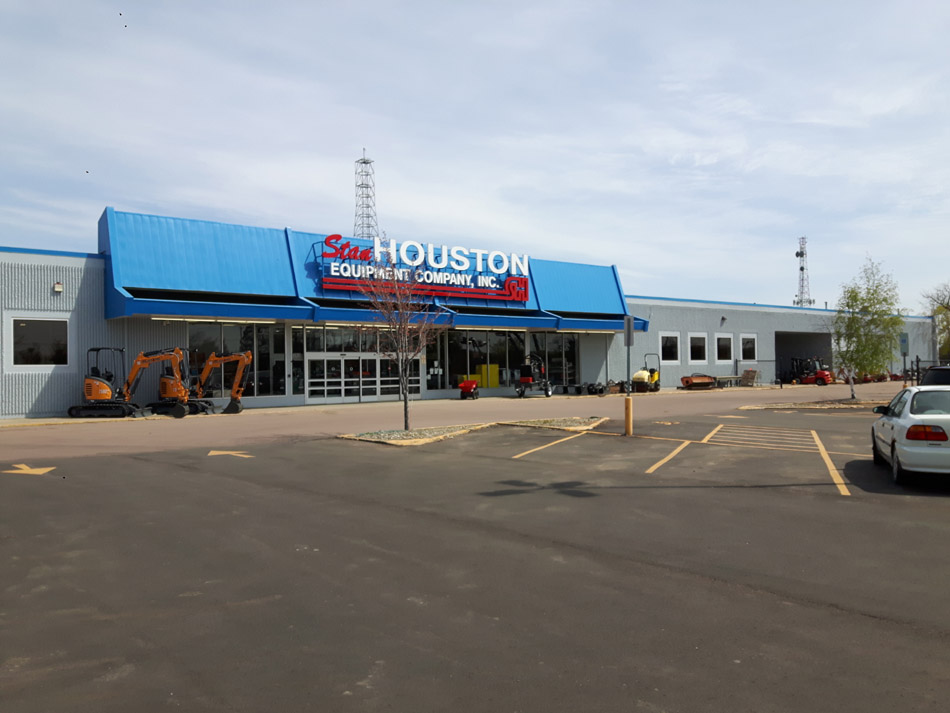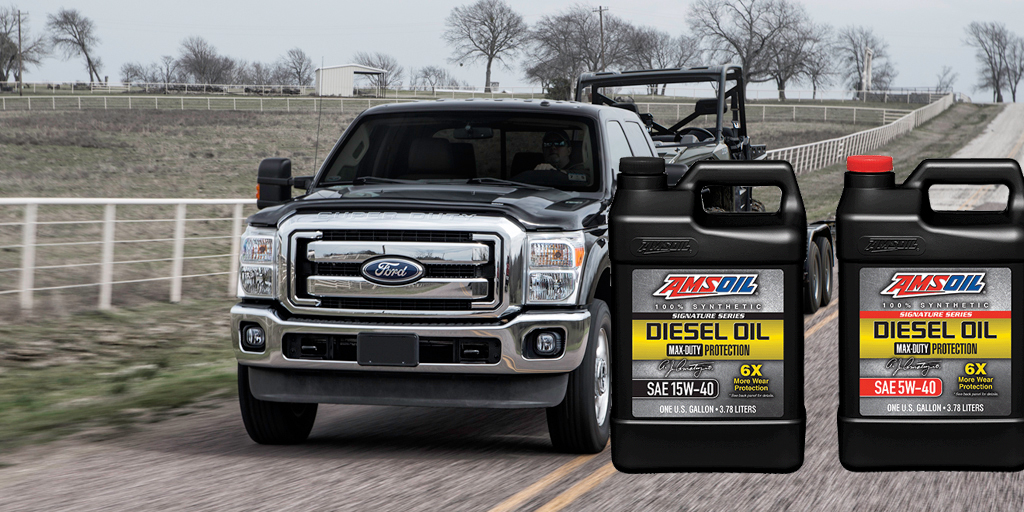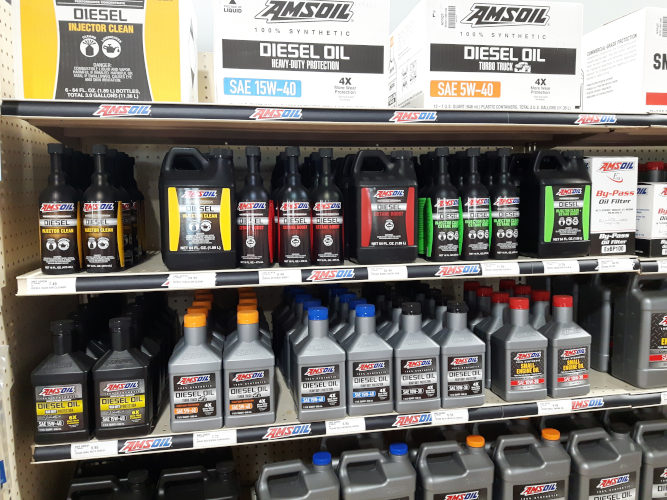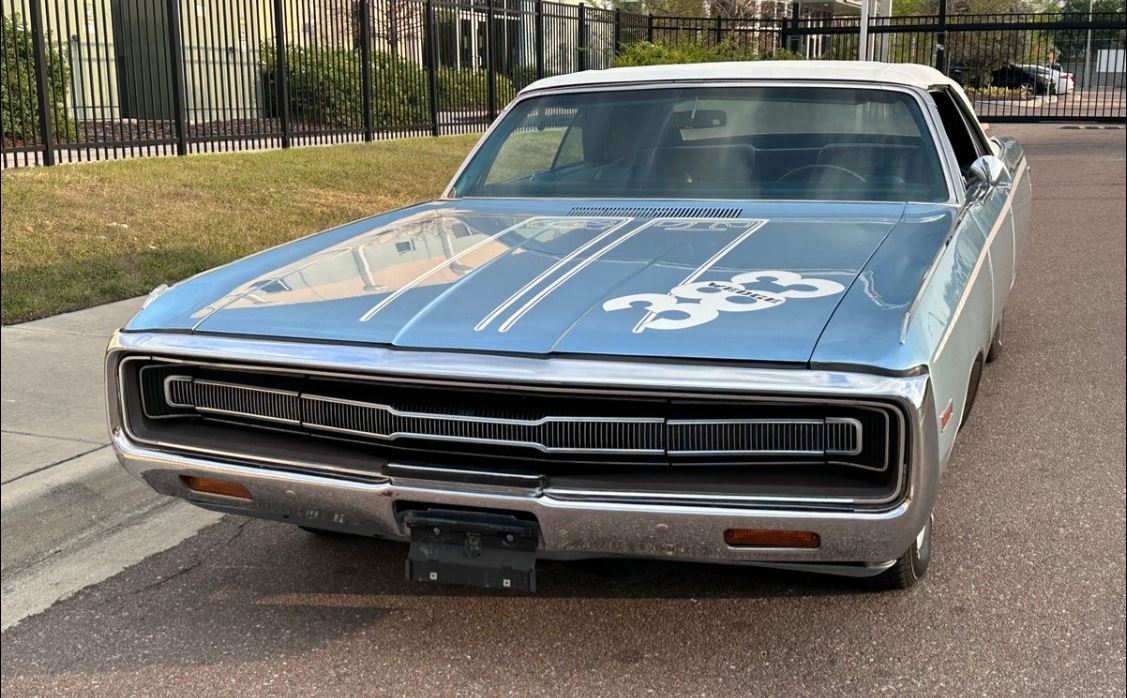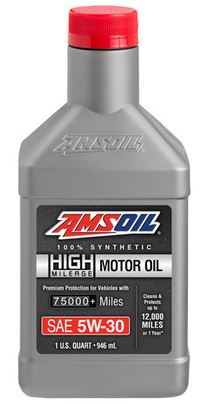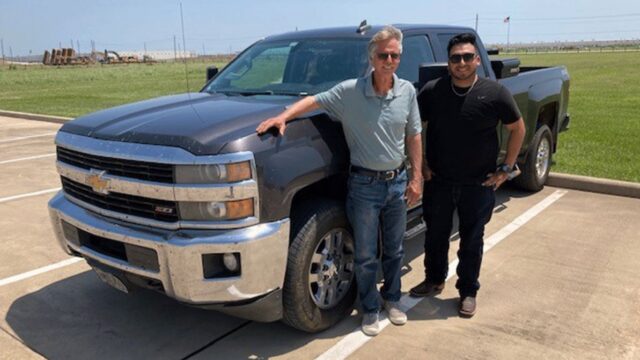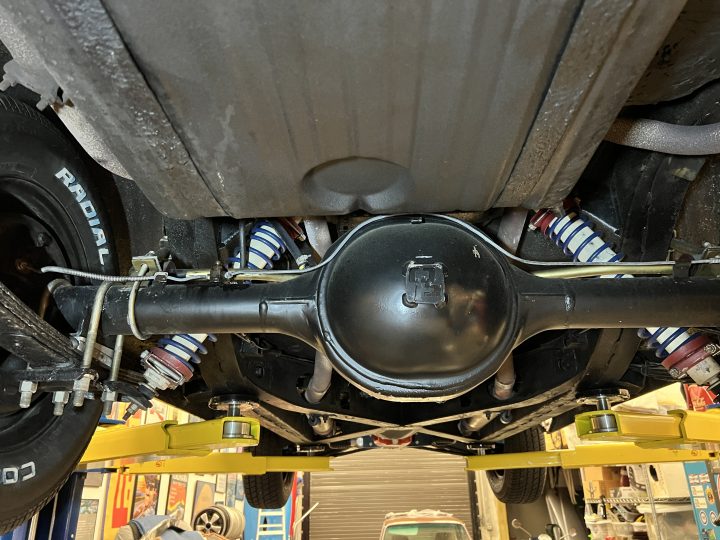AMSOIL Synthetic Transmission Fluid Tames Texas Heat Not even a “spot” of sludge in the pan or on the filter despite extreme heat & heavy towing. by John Baker | December 2022 Customer Bryan Bayles, out of Katy, Texas, saw a need while working as a groundwater sampler and turned it into a successful business. […]
Industry Leading 5W-30 Synthetic Motor O...
This may have been the first blog post I should have written because the best seller of ours is also the one which sets the benchmark for the industry. Although the AMO 10W-40 was AMSOIL’s first product, the 5W-30 Signature is certainly the most popular and of course the one which has had the most […]
Why Your Marine Lower Unit Needs Regular...
Why Your Marine Lower Unit Needs Regular Service Though your marine motor gets all the attention, your boat isn’t going anywhere without the lower unit. Its combination of gears, bearings and other components turn horsepower into movement. Lower units are resilient and can last for years – provided you service them annually. Here, we reveal […]
Should You Use Diesel Competition Oil?
Should You Use Diesel Competition Oil? Mark Nyholm|Apr 10, 2018 11:44 AM April is here, and for those who love to spend time at the drag strip challenging their reaction time, on a dirt strip hooked to a sled, or tied down on a roller dyno grunting for power, the diesel competition season is upon […]
